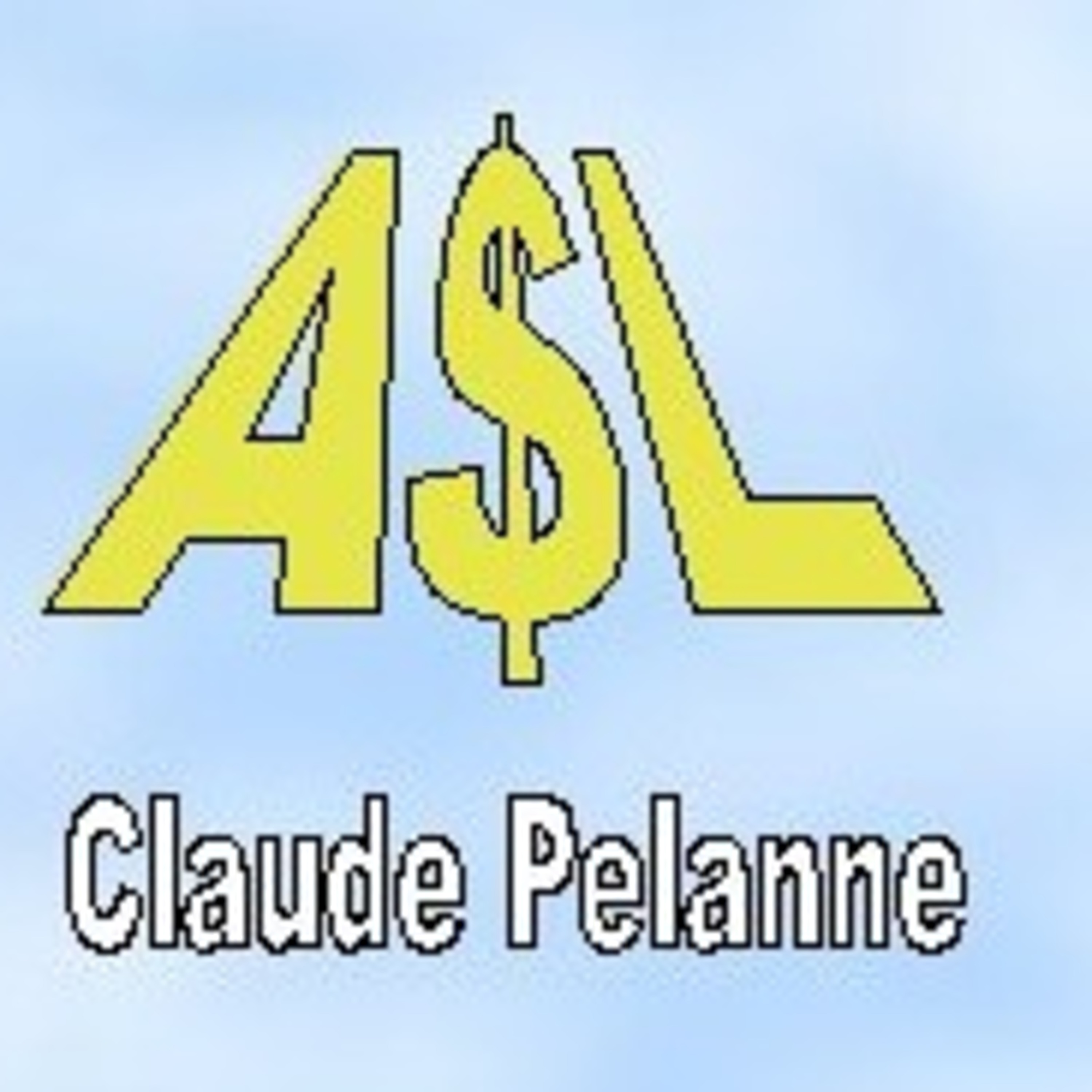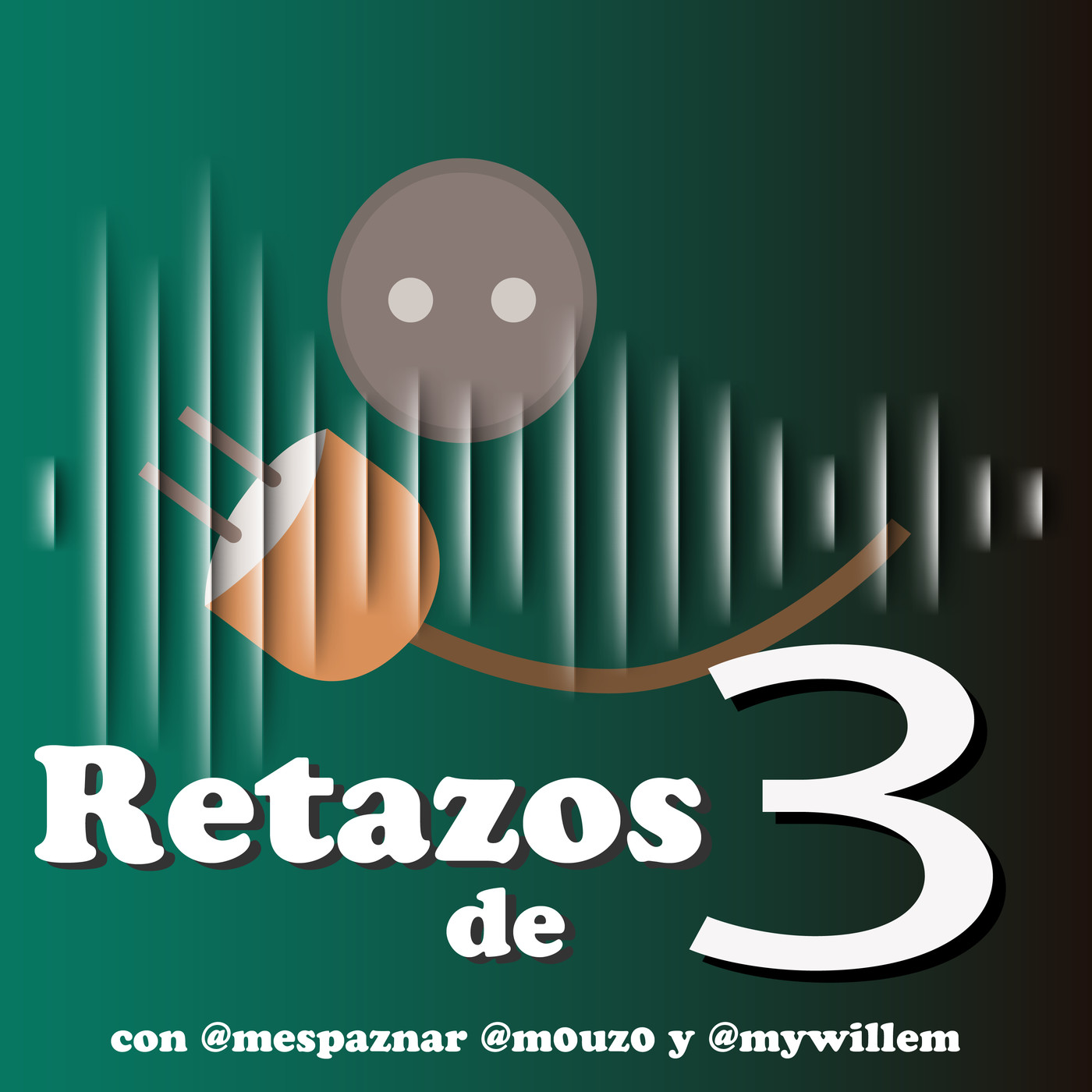 |
Digital Maturity CompassAuthor: Subbu Iyer
This is a podcast focused on improving the digital maturity of enterprises and supports the Digital Maturity Compass diagnostic app brought to enterprises by archents Inc.; to undertake their digital transformation journeys with clarity and risk assurance. The first seven episodes are focused on educating the user on the self-administration of the diagnostic. From thereon, the episodes will focus on related topic including insights, immersion and innovation on related areas and topics. Language: en Genres: Business, Management, Technology Contact email: Get it Feed URL: Get it iTunes ID: Get it |
Listen Now...
The Design of Design
Episode 9
Monday, 16 March, 2020
Hello and Welcome. I am Subbu Iyer and you are tuned into the digital maturity compass podcast. Thanks for investing your time here.Today’s topic is design. But design has two forms. An abstract that bridges the potential with performance. And the detail that connects functions and features. The first type of design has come to be known as design thinking; one that allows the abstraction of ideas and concepts into solutions. While the second type has come to be known as design; one that works as an application. Be it practitioners or beneficiaries, there has generally been a confusion between the two but it is critical to know that design should always follow design thinking. This episode focuses on how to make that distinction and how to succeed in making design renew life applications.Let’s get started…Design thinking is not a problem solving tool. It is a tool to work with New Ideas and Concepts, New Opportunities and New Goals & Objectives. In working with these three that characterize new, the forthcoming events / or regulations and existing or foreseen problems should be automatically be solved. It is a tool that serves the conceptualization and engineering of a solution. The outcome of design thinking are models that lend to building Engines, Components and Connectors. For example, the power of an engine designed is a solution which then finds expression as an application; such an automobile or an aircraft. Design Thinking lends itself to finding Solutions that are ideal; whereas applications on the other hand make several tradeoffs for feasibility and usability conditions. As everyone says around, design is what works. And that is because of the inability to cross the chasm of limitations. The sole purpose of design thinking is to cross the chasm of limitations; so that there can be progress made. And that is growth through the new.Each and every person is born with this gift for design thinking. It is essentially the cycle from Innocence to Excellence. Take for instance the aspect of learning to walk. As an infant, it is the faltering first steps. But the same power of mobility can be honed to become a world class athlete as the maturity increases from Innocence to Awareness, Understanding, Definition, Competence and Excellence on the subject of athleticism. To become an Olympic Champion, it is not enough to run. One has to train the muscles, the mind, the body for different conditions and constantly learn with each race that serves in running the next one even better. This is the cognitive progression of ones faculties; similar to Piaget’s cognitive theory of development. Except that it is conscious and alive to every potential and possibility of revolution or evolution.In essence, design thinking is a constant desire for excellence that aspires for a higher quality of life. This is achieved through the process of Inquiry, Exploration and Discovery leading us to imagining an end state that is aspirational.Design on the other hand looks at a Solution and sees the best possible way in which it can be used by people. Its crutches are feasibility and usability; each bringing different attributes including material, technology, intelligence, convenience, cost, availability and many such factors into play.Industrial design, product design, process design, graphic design are all design of the detail. They can be oriented to solve a problem only if they are not abstracted to detail from a design thinking driven solution. The reason I am making this effort to make this discrimination is because we have mostly been driven by design in our societies. We have created and tried to solve those problems as humans and it is reflected in the existential crisis that we face today; be it in the form of environmental disaster, nuclear war or the negative impacts of technological disruptions such as loss of privacy, democracy and climate / health and other disasters. Design has become a means of increasing the cost of living. This is a point of pivot for life in this planet; where the technological advances can be put to use to create a completely new way of life with design thinking.Design was and is a realm of a few perpetrating their will on the majority. Whereas design thinking is in the realm of everyone, who can participate and collaborate to contribute to an effective way of designing solutions and blending them into applications. This should bring down the cost of living and improve asset life.The true success of design is in liberating the control exercised by a few into democratizing the same for deriving higher returns on assets deployed. This is where the fundamental concept of value engineering takes shape. And this is made possible by technology today; where customers can move from Alpha to Beta to Theta states through the stage gated processes of Conceptualization, Engineering, Industrialization and Commercialization.Design Thinking is the method for the first two stages deriving model and solutions while design is the method for the next two stages deriving applications and versions / releases. In the age of digital technology, one has to move from DevOps that ensured Productivity to GrowthOps that guarantee growth. Where design thinking contributes to Value Engineering and design contributes to Assetization of such value.Five years ago, a Senior VP of a major Fortune 500 top 10 company declared; “Traditionally, many of our product organizations would start with a problem and then—based on intuition about what our customers want—race toward a solution. Today, they actively engage customers along the way, with an iterative process of failing and learning fast as part of the journey. Getting to this point has required big process changes and a new mind-set across the company. This company in five years from then, has not created any life changing cloud computing products and services as yet!At the stage of design thinking it is people and life; not customers and users. Should this simple yet significant message be understood, the true impact of life changing solutions and applications can be accomplished in every industry. And this planet cannot have enough of it, what with all the causes of bad design pushing us to the precipice of disaster. Thanks for listening to this episode. In the next episode, I am going to address the topic of “The Design of Design”. In the meantime, write to me with your feedback and suggestions and ideas at support@archents.com. I’d happy to support your question live over a zoom conference call and the first three hours of engaging with you will be absolutely free of charge. Of course, don’t forget to register at archents.app for the digital maturity compass app for free and start mirroring your perspectives.Until then, this is Subbu Iyer, signing off for the Digital Maturity Compass Podcast.








